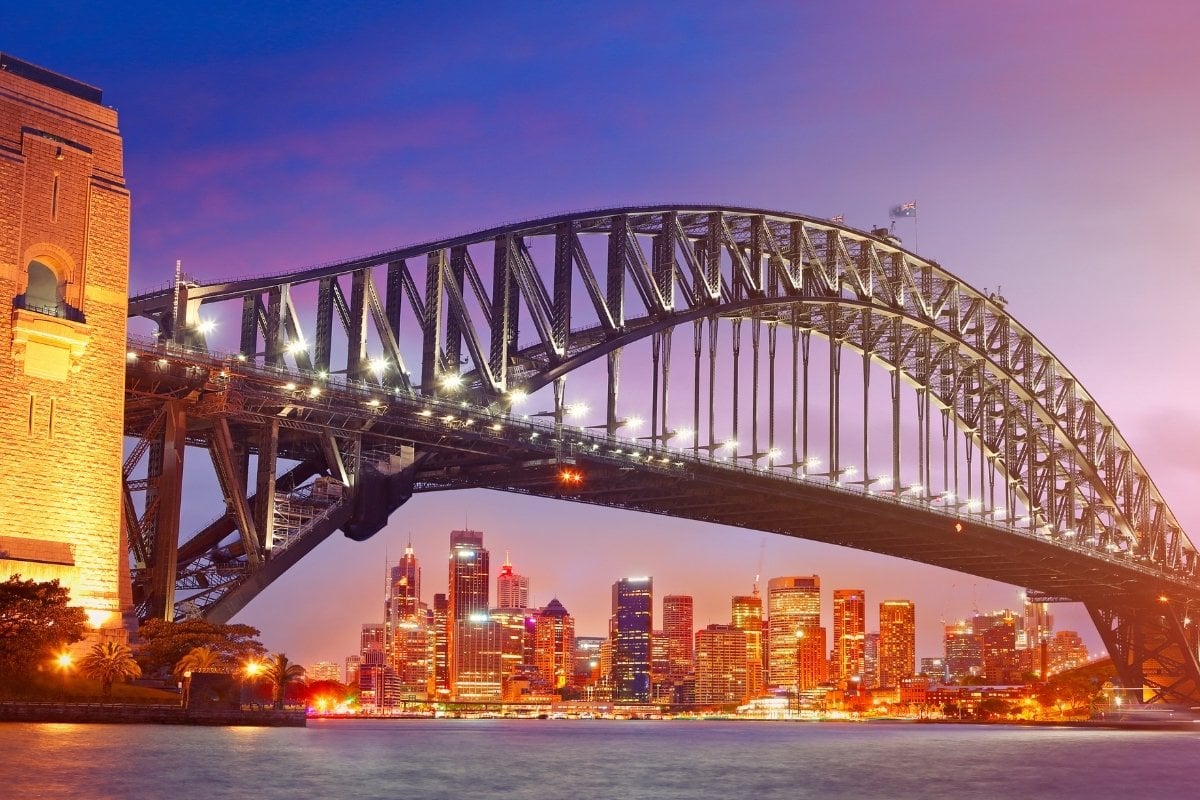As safety professionals, one of the most intricate challenges faced is marrying modern safety standards with legacy structures. Sydney’s renowned Harbour Bridge provides invaluable insights into this conundrum. Let’s delve into the lessons we can extract and adapt to our own industrial and construction environments.
Respecting Structural Integrity while Prioritising Safety
Lesson: Adapting a structure to modern safety standards doesn’t mean compromising its foundational integrity. When introducing new safety systems, we must be conscious of the original architectural intent and historical significance.
Application: When retrofitting older structures, prioritize safety solutions that are non-invasive. This balance ensures the preservation of the structure while adapting to contemporary safety needs.
Advanced Monitoring in Legacy Setups
Lesson: Continuous assessment is pivotal. Sydney Harbour Bridge, despite its age, benefits from cutting-edge monitoring tools that inspect every component.
Application: Irrespective of the age or design of your site, incorporate advanced monitoring systems. This not only ensures the longevity of the structure but also guarantees optimal safety.
Comprehensive Training – A Blend of Old and New
Lesson: Training shouldn’t merely be about modern protocols. A deep understanding of the structure’s historical aspects aids in better risk management.
Application: Encourage training programs that give a holistic view. Understanding a structure’s history can provide insights into potential weaknesses or areas of concern.
Adapting to Environmental Challenges
Lesson: Legacy structures, like the Harbour Bridge, have weathered various environmental conditions over decades. The use of predictive analytics and real-time monitoring can help mitigate risks associated with changing environmental factors.
Application: Equip your site with modern weather-monitoring tools. Being proactive, rather than reactive, can be the difference between a routine day and a safety incident.
Drawing Global Comparisons and Standards
Lesson: The integration of safety measures into the Sydney Harbour Bridge’s historical framework has set benchmarks for many global legacy structures.
Application: Regularly review and draw lessons from safety implementations in global landmarks. Incorporating a global perspective can introduce innovative safety solutions to local challenges.
Harnessing Modern Solutions in Sensitive Environments
Lesson: The Harbour Bridge effectively employs state-of-the-art lifeline systems, proving that modern equipment can be introduced without disrupting a legacy environment.
Application: Assess the latest safety equipment and tools in the market. A thoughtful integration of these can enhance safety without compromising the essence of your site.
Conclusion
The Sydney Harbour Bridge exemplifies how safety in legacy structures is not static but evolves with time, innovation, and expertise. For safety professionals, this iconic landmark offers numerous lessons in marrying the past’s architectural genius with today’s paramount safety standards. By understanding and adapting these lessons, we can ensure safer and more respectful work environments across industries.
If you would like to know more or would like our assistance in the areas mentioned check us out at www.intrinsicsafety.com.au. Alternately, call us on 1300 990 336 or email us at in**@*****************om.au


